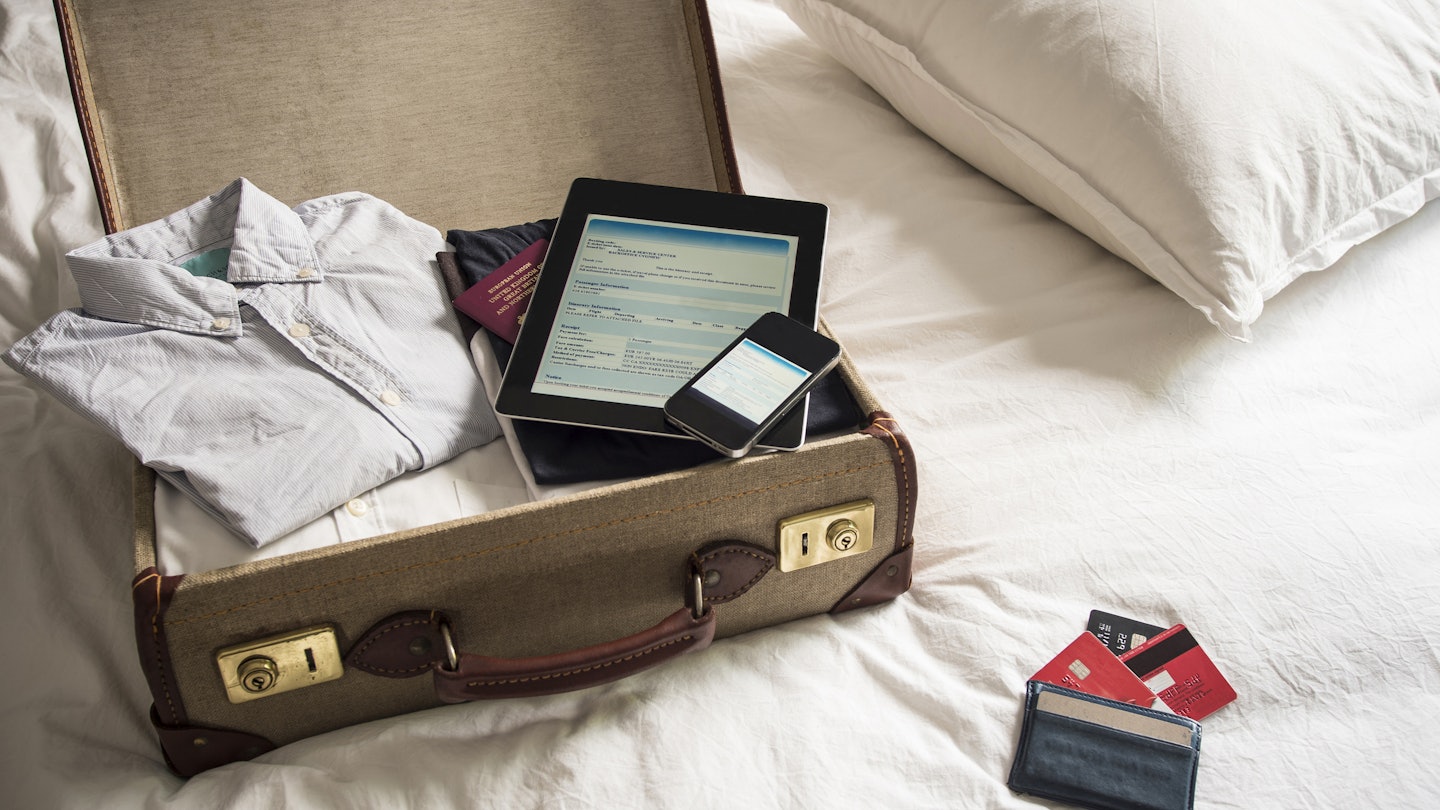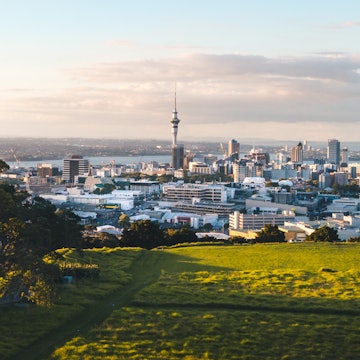

The last thing you want to think about when you’re getting excited about a trip is what might go wrong. But sometimes things like sudden illness, delayed flights or even natural disasters do occur. Here are a few things that it’s sensible to take with you when it comes to travel safety.

To start with, take some advice about what the most likely issues associated with your destination might be. During most trips, the most likely emergencies to arise will be largely similar to emergencies that can occur at home: hurting yourself, or falling ill. Consider going to the doctor in advance of your trip to check whether there are any particular risks. Don’t forget to take a copy of any prescriptions.
Exotic natural disasters are rare, though, but they happen – so take a few minutes to do a bit of research, and take some advice. Sometimes there are specific things that you might not be familiar with.
Read more: These cities are considered the safest in the world
For example, if you’re going to Japan, California, New Zealand, Chile or anywhere else that earthquakes are prevalent, what can you do to prepare? Did you know that standing in a doorway like many of us were taught in school isn’t the current recommendation any more? Official government channels on YouTube can be a handy guide.
Local knowledge can’t be beaten if you can get it, though: if you’re travelling to Australia at the moment, do you know where to get information about bushfire safety, and how to find safer areas in the event of an emergency?
Have a think and always make sure you know what the emergency procedures are for where you’re staying, especially if you’re in a holiday house or apartment. Always pack a pair of comfortable walking or running shoes in case you need to get away from somewhere in a hurry.

Make sure you’re well before you leave and protected from likely diseases
Another thing you should take with you when you travel: antibodies. I’m an aviation journalist, not a medical professional, so check with your doctor and consult healthcare authority websites for vaccination recommendations. The NHS in the UK or the CDC in the US are good starting sources here, rather than just Dr Google.
If you’re crossing hemispheres and heading to winter, consider making one of your first stops a flu vaccination, which many pharmacies will be able to provide without a prescription for a reasonable cost.
Read more: How to get the most out of your devices while travelling
The polyvalent (multi-strain) flu vaccines are formulated every six months, for northern and southern hemisphere winters, and so if you’re vaccinated in Europe in November you may not be covered for, say, the strains of flu going around New Zealand as you ski down the slopes of the Southern Alps in August.
Sexual and reproductive health is also important, and access to what you need can be complicated, awkward or simply not available. If a barrier method like condoms and/or dental dams is for you, bring a brand you know and trust from home. If you’re heading to a high-risk location for HIV, consider talking to your doctor or to a specialist about PrEP, pre-exposure prophylaxis, which can prevent HIV infection with a single daily pill, also known as Truvada.
Bring any over-the-counter medications you take too: sometimes something as simple as anti-diarrhoea pills aren’t the same brands or don’t work the same way, and that’s not something you want to be stressing about if you have traveller’s tummy.
Sort your cash — literally
It may feel like the kind of advice your grandad might give you, but always carry an emergency cash stash, perhaps a couple hundred US dollars or so, separated into several places.
Keep part in your wallet, perhaps another tucked away in your carry on bag, another in your checked bag, and – here’s my top tip – in your washbag. An old lip balm case is a great place to hide away a few tightly rolled bills in the event that you end up in a jam.
Yes, I’ll normally just withdraw cash from a bank ATM at the airport, but if that doesn’t work for whatever reason I can at least go to the bureau de change and exchange cash to get where I’m going.

Take digital and some paper copies of vital documents
I actually keep a password protected word processing document on my laptop with three sorts of information: firstly my travel plans, secondly my personal information, and thirdly scans of important documents.
In terms of travel plans, whenever I travel I note down where I’m going and where I’m staying, and make sure I pass this info to a trusted friend. This not only puts my loved ones’ mind at rest but having it all written down is useful when I’ve got to a city and realised there are eight hotels from the same chain and I’m not entirely certain which one I need the taxi to take me to.
(And, I’m not going to lie: a couple of times it’s saved my skin when I realised that my flight arrived on a different day than I’d assumed!)
Read more: What happens when someone dies on board a plane?
For personal information, that’s the basic stuff that’s needed in case you lose your ID: name, date of birth, place of birth, national medical system number, and so on. It’s also contact details: for your emergency contact back home, for your doctor, for your travel insurance, for your bank branch, for your country’s embassy or consulate if you’re heading somewhere that might be needed. I also add the generic name of any medications I take regularly (so, “loratadine 10mg” rather than “Claritin” for my hay fever antihistamines).
For scans of important documents, I’ll take a quick snap of crucial items with my phone and paste them into the document. That includes things like my passport’s photo page, any relevant visas, my driving licence, my medical card (including the EHIC if you’re in the EU), any relevant prescriptions, and so on.
Every time I never have to use any of this stuff, I’m delighted – but every time I do need it, I’m relieved to have it all available and on hand.














